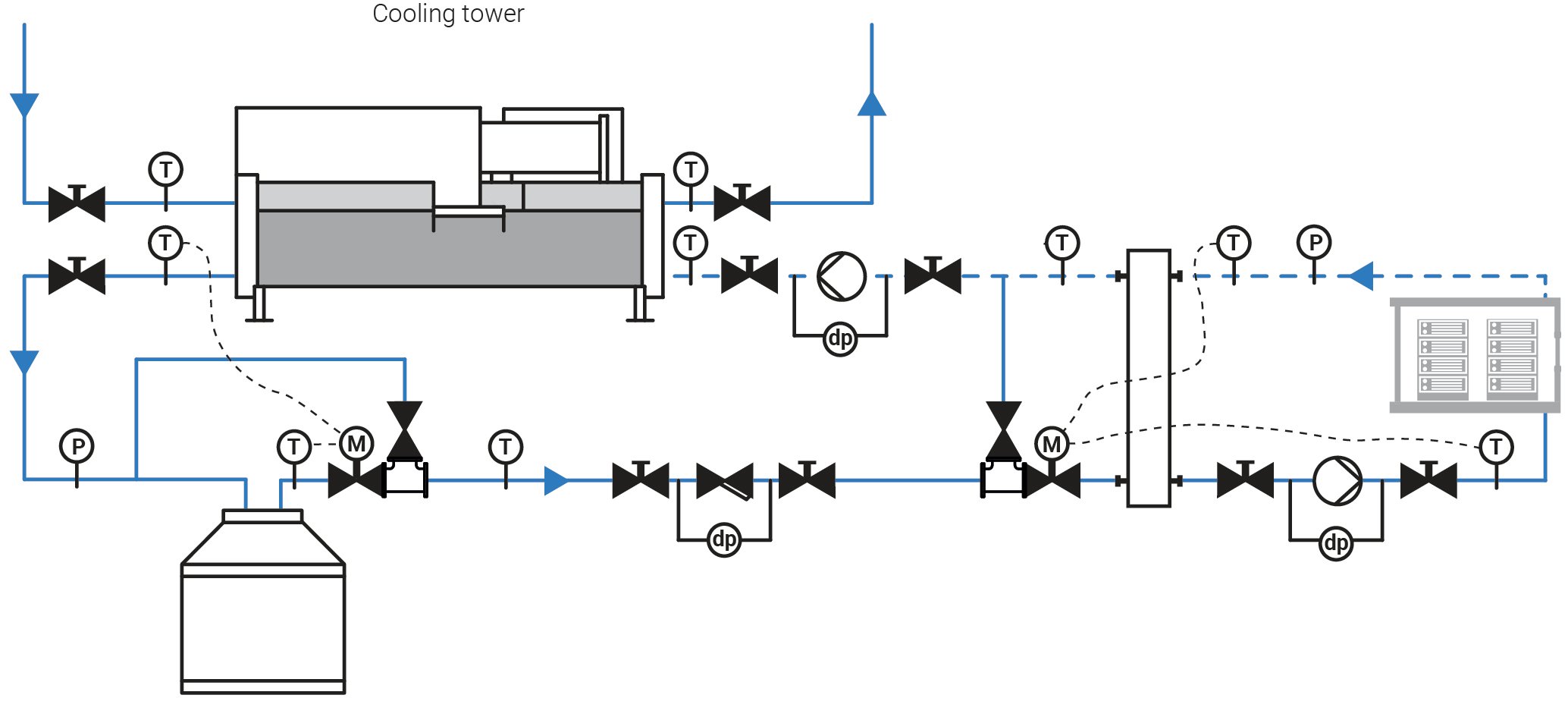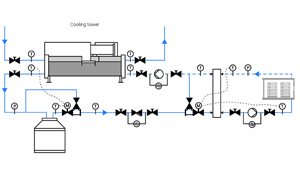Cooling with Ice Storage
There is no doubt ice storage is an effective means for reducing energy consumption. Ice storage is one form of thermal energy storage (TES) that helps lighten power plants' loads during peak demand times. Facilities ramp up their chiller systems at night to make ice or cold water and then rely on this stored cooling capacity for daytime cooling. Utilities operate more efficiently at night. As a result, more utilities are introducing time-of-day pricing to encourage commercial customers to shift their consumption to the evening. About 96 percent of utilities have programs in place – and the numbers are increasing.
BloombergNEF's 2021 Global Energy Storage Outlook estimates that 345 gigawatts/999 gigawatt-hours of new energy storage capacity will be added globally between 2021 and 2030, more than Japan's total power generation capacity in 2020. The U.S. and China are the two largest markets, representing over half of the global storage installations by 2030. There are approximately 5000 large-scale thermal storage systems operating in the US and smaller-scale projects are on the increase. Units will be networked, providing utilities with a resource to help manage peak demand. These same facilities will be relying on cheap surplus wind power to make ice at night. It is a win-win situation for utility companies and their customers, not to mention the manufacturers of TES equipment.

An Overview Example of Cooling with Ice Storage
This application consists of three operating modes: a charging mode, a discharging mode, and a bypass mode. The charging mode, with electrical energy cheaper at night, ice is made and stored. The discharging mode is the cooling required during the day. In this figure, the 3-way valve mixes chilled water from the chiller with cold water from the ice storage. The mixing valve bypass (3-way control butterfly valve or 3-way globe valve) is fully open on days with moderate temperatures. Only chilled water from the chiller is used for cooling - referred to as the bypass mode.
The bypass diverting valve (3-way control butterfly valve) is either fully open during the charging mode or fully open in the control path during the discharging or bypass mode. Analog temperature sensors can process when BACnet MS/TP or Modbus RTU communication protocol is used. Manual open/close butterfly valves with manual handles isolate the pumps, chiller, and strainers during commissioning or maintenance. Differential pressure sensors monitor the differential pressure to ensure the pump's functionality and avoid irregular operating (cavitation, air in the system, etc.). Differential pressure sensors monitor the strainers to detect contamination in the pipe system. Static pressure sensors detect leakages in the system. In most cases, the volumetric flows of the chiller and partial load will vary, which means a hydraulic separator or a buffer tank is used for the required load equalization.
Regardless of size, ice storage effectively reduces energy consumption.

